The latest trends for professional stage lights in us 2026 | LQE Ultimate Insights
- Introduction: Why professional stage lights are evolving in the US market
- Market-driven change in professional stage lights
- Trend 1 — Higher LED efficacy and color fidelity for professional stage lights
- More lumens per watt and better color for stage lighting fixtures
- Trend 2 — Compact, high-performance moving head lights
- Smaller form factor moving heads for rental and fixed installs
- Trend 3 — Wireless control and networked lighting protocols
- Adoption of CRMX, sACN and robust wireless solutions
- Trend 4 — IP-rated and weather-resistant LED stage lighting
- Outdoor-ready professional stage lights for festivals and touring
- Trend 5 — Smart fixtures, software integration, and automation
- Integration of fixture intelligence and control software
- Trend 6 — Rental market needs: durability, serviceability and TCO
- Designs focused on quick service and lower total cost of ownership
- Trend 7 — Sustainability and circular economy in stage lighting
- Lower power, recyclable materials and longer product life
- Trend 8 — Advanced optics, beam shaping and theatrical lighting effects
- Improved optics for sharper beams and creative control
- Trend 9 — Hybrid light sources: laser + LED and high-CRI arrays
- Combining technologies for unique output and longer life
- Trend 10 — Global supply chain and OEM/ODM manufacturing trends
- OEM/ODM partners supporting rapid innovation and customization
- Comparative data: professional stage lights by fixture type
- Choosing the right fixture for your application
- Control protocols and connectivity comparison
- Selecting protocols for scale and reliability
- Buying guidance for professional stage lights in the US (2026)
- How to specify fixtures that meet production and commercial needs
- LQE advantage: OEM/ODM capabilities for professional stage lights
- Why partnering with an experienced manufacturer matters
- Conclusion: What US buyers should expect from professional stage lights in 2026
- Summary and call-to-action
- Sources and references
- Frequently Asked Questions
Introduction: Why professional stage lights are evolving in the US market
Market-driven change in professional stage lights
The US demand for professional stage lights is being reshaped by live events, broadcast standards, and venue owners chasing lower operating costs and higher visual impact. Event producers and rental houses increasingly select LED stage lighting and advanced moving head lights for improved efficiency, color quality, and control capabilities.
Trend 1 — Higher LED efficacy and color fidelity for professional stage lights
More lumens per watt and better color for stage lighting fixtures
LED chip efficiency continues to improve, enabling stage lighting fixtures that deliver higher lumen output with lower power draw. For buyers of professional stage lights, this means smaller fixtures can replace older, higher-wattage lamps while reducing venue energy costs and heat load. Manufacturers now focus on high CRI and expanded color gamuts (including wide RGBW/CMY mixing and high-CRI white sources) to meet broadcast and theatrical color accuracy requirements.
Trend 2 — Compact, high-performance moving head lights
Smaller form factor moving heads for rental and fixed installs
Moving head lights designed for touring and rental companies emphasize compact size, fast motors, and durable housings. Professional stage lights that combine compact design with powerful optics and multi-function gobos, prisms, and variable zoom are preferred by production designers who need flexibility and transport efficiency.
Trend 3 — Wireless control and networked lighting protocols
Adoption of CRMX, sACN and robust wireless solutions
Wireless DMX solutions such as CRMX (LumenRadio) and robust Ethernet-based protocols like sACN (Streaming ACN) are now standard expectations for professional stage lights. Wireless control reduces cable runs, speeds rigging, and enables creative placements. Networking features such as Art-Net and sACN per-universe handling are essential for large-scale installations and concerts.
Trend 4 — IP-rated and weather-resistant LED stage lighting
Outdoor-ready professional stage lights for festivals and touring
Festival and outdoor productions push demand for IP65 and higher rated fixtures. Professional stage lights with full weather sealing, corrosion-resistant materials, and temperature management are necessary for reliable outdoor use. Portable IP-rated fixtures that maintain luminous output and color fidelity expand application possibilities for rental companies and venue operators.
Trend 5 — Smart fixtures, software integration, and automation
Integration of fixture intelligence and control software
Modern stage lighting equipment integrates fixture-level intelligence (status reporting, temperature monitoring, and power metering) and interfaces seamlessly with lighting consoles and media servers. Features like pixel mapping, timecode sync, and show automation increase production value and reduce programming time for professional stage lights in theater, broadcast, and live concert applications.
Trend 6 — Rental market needs: durability, serviceability and TCO
Designs focused on quick service and lower total cost of ownership
Rental companies and production houses prioritize fixtures that minimize downtime. Professional stage lights are now built with modular components, front-access service panels, and standardized spare parts to make maintenance quick and affordable. Long LED lifetimes and efficient cooling reduce lifecycle costs—critical buying factors in equipment procurement.
Trend 7 — Sustainability and circular economy in stage lighting
Lower power, recyclable materials and longer product life
Sustainability is emerging as a procurement requirement. Professional stage lights that use recyclable materials, reduce energy consumption, and adhere to extended product life and repairability standards appeal to venues and organizers aiming to reduce carbon footprints and operational costs.
Trend 8 — Advanced optics, beam shaping and theatrical lighting effects
Improved optics for sharper beams and creative control
Optical advances—multi-element zooms, high-precision lenses, and advanced gobos—allow moving head lights and profile fixtures to project sharper aerial effects and detailed imagery. For designers selecting professional stage lights, optics quality is as important as LED power for creating dramatic stage visuals.
Trend 9 — Hybrid light sources: laser + LED and high-CRI arrays
Combining technologies for unique output and longer life
Some fixtures combine laser modules with LED engines to achieve super-tight beams and longer throw, while high-CRI LED arrays are preferred for color-critical venues and broadcast. Hybrid approaches allow professional stage lights to deliver novel effects while maintaining energy efficiency and reduced maintenance.
Trend 10 — Global supply chain and OEM/ODM manufacturing trends
OEM/ODM partners supporting rapid innovation and customization
Manufacturers and brands increasingly rely on experienced OEM/ODM partners for customized professional stage lights. LQE, founded in 2008 and headquartered in Foshan, China, exemplifies this model—operating a 10,000 m2 production base with an annual capacity of ~100,000 lighting fixtures and holding 80 national patents. For US buyers, strong OEM/ODM relationships mean faster product iterations, consistent quality, and tailored designs for specific stage lighting applications.
Comparative data: professional stage lights by fixture type
Choosing the right fixture for your application
The table below summarizes typical characteristics of common professional stage lights to help buyers compare options across touring, theatre, and installation use cases.
| Fixture Type | Typical Uses | Light Source & Power Range | Key Features |
|---|---|---|---|
| Moving Head Spot / Profile | Theatre, concerts, TV studios | LED array or COB, 200–1400W equiv. | Gobos, framing shutters, high CRI, precise optics |
| Moving Head Wash | Concerts, events, houses of worship | RGBW/CMY LED engines, 200–1500W equiv. | Wide zoom, smooth color mixing, soft edges |
| Moving Head Beam | Large concerts, festivals | High-output LED or laser+LED hybrids | Narrow beam, long throw, intense aerial presence |
| Blinders & Strobes | Concerts, TV | High-flux LED panels, variable power | High intensity, fast refresh, DMX/control |
| PAR/Strip/Linear | Wash, cyclorama, scenic | LED arrays, low to medium power | Even coverage, pixel mapping, IP-rated options |
Control protocols and connectivity comparison
Selecting protocols for scale and reliability
Understanding control options helps spec professional stage lights for different production sizes:
| Protocol | Typical Use | Strengths | Considerations |
|---|---|---|---|
| DMX512 (ANSI E1.11) | Small to medium rigs | Simple, ubiquitous | Cable-heavy, limited per-run channels |
| sACN (E1.31) / Art‑Net | Large installations & tours | Networked, scalable, multiple universes | Requires network management |
| RDM (E1.20) | Remote device management | Bidirectional device configuration | Requires compatible fixtures and consoles |
| CRMX / Wireless DMX | Flexible rigging, temporary setups | Reduces cabling, fast setup | RF environment considerations |
Buying guidance for professional stage lights in the US (2026)
How to specify fixtures that meet production and commercial needs
When procuring professional stage lights, prioritize: true color performance (high CRI / wide gamut), IP rating for intended use, serviceability for rental fleets, compatibility with sACN/Art‑Net and RDM, and energy efficiency. Confirm manufacturer production capacity, warranty terms, and spare-parts availability—key for sustained operations.
LQE advantage: OEM/ODM capabilities for professional stage lights
Why partnering with an experienced manufacturer matters
LQE’s R&D focus and manufacturing scale support product customization, reliable lead times, and quality control. With 80 national patents and a production capability of approximately 100,000 fixtures per year, LQE can deliver middle- and high-end digital stage lighting solutions tailored to US market needs, from moving head lights to IP-rated outdoor fixtures.
Conclusion: What US buyers should expect from professional stage lights in 2026
Summary and call-to-action
In 2026 the US professional stage lights market will favor energy-efficient LEDs, compact moving head lights, robust wireless and network control, IP-rated outdoor fixtures, and sustainable product lifecycles. Rental companies and venues will prioritize serviceability and lower TCO, while designers demand better optics and color fidelity. Partnering with an experienced OEM/ODM like LQE provides access to modern LED stage lighting technologies, customization, and reliable supply—critical for competitive productions and long-term value.
Sources and references
- ANSI E1.11 (DMX512-A) and ANSI E1.20 (RDM) technical standards documentation and ESTA publications
- ESTA/PLASA resources on sACN (E1.31) and industry networking best practices
- LumenRadio materials and industry whitepapers concerning CRMX and wireless DMX adoption
- IES (Illuminating Engineering Society) guidance on LED color rendering and lighting specifications
- Company data: LQE corporate profile—founded 2008; headquarters Foshan, China; ~10,000 m2 production base; annual capacity ~100,000 fixtures; 80 national patents (as provided by LQE)
Frequently Asked Questions
What are the most important specs to compare when buying professional stage lights?
Compare luminous output (lumens), beam angle/zoom range, color rendering (CRI & TM-30 where available), color mixing system (RGBW vs. CMY), IP rating for outdoor use, control compatibility (DMX/sACN/RDM/CRMX), and serviceability (modular parts and front-access panels).
How reliable are wireless control systems for professional stage lights?
Modern wireless systems such as CRMX are reliable when properly planned—choose line-of-sight-aware deployments, plan RF channels, and use wired backups for mission-critical shows. For large-scale productions, combine wired sACN/Art‑Net with wireless DMX for temporary or hard-to-wire elements.
Do LED stage lights save money for venues and rental companies?
Yes. LED stage lights typically reduce energy consumption and heat load, extend lamp life, and reduce maintenance costs compared with discharge lamps. Total cost of ownership is improved when fixtures are designed for durability and easy servicing.
Should I choose IP-rated fixtures for outdoor events?
For outdoor or semi-outdoor events, select fixtures with appropriate IP ratings (IP65 or higher for full weatherproofing). Consider sealed connectors, conformal coating on PCBs, and materials that resist corrosion for coastal or harsh environments.
How can OEM/ODM partnerships help my lighting brand or rental business?
Working with OEM/ODM partners accelerates product customization, reduces development costs, and ensures scalable manufacturing. Choose partners with R&D strength, relevant patents, production capacity, and experience in professional stage lights to reduce time to market and maintain quality.
How to Choose the professional led stage lights manufacturer and supplier in us?
How to Choose the outdoor stage lighting manufacturer and supplier in us?
Top 10 LED stage lights Manufacturers and Supplier Brands in us
The B2B Buyer’s Guide to stage light par | LQE Ultimate Insights
Distributor
Is there a minimum order quantity (MOQ) to become a distributor?
MOQ requirements vary based on the product line and market region. However, for long-term distribution partnerships, we are flexible and can start with a trial order to build trust.
What types of companies can become LQE distributors?
We welcome partnerships with companies that have experience in the entertainment, AV, lighting, or stage equipment industries. Whether you are a local reseller, importer, system integrator, or project contractor, we are open to exploring win-win cooperation.
Do you offer OEM/ODM support for distributors?
Yes, as a professional OEM/ODM manufacturer, we support brand customization, including logo printing, packaging design, and even custom features based on project needs.
1000w
Do You Supply After-Sale Service?
LQE lighting offers 7x24 hrs systematic SOP customer support with dedicated personnel, ensuring quick and comprehensive assistance for stage lighting needs.
What Kind of Certificates You Offer?
All kinds of certificates could be offered by LQE digital moving light factory, which depends on customer’s required, different pricing plan for different approval.
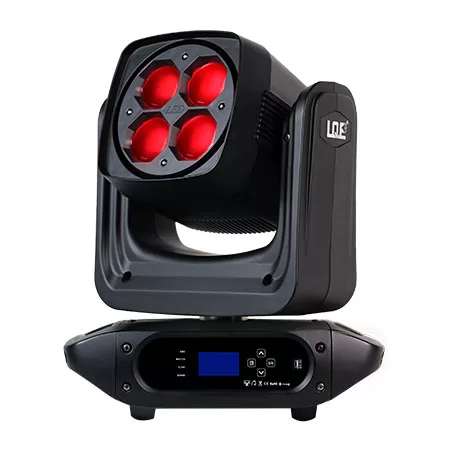
LED Moving Head Stage Wash Light LW200Z
The versatile moving head stage light provides a powerful lighting solution for theaters, concerts, and large outdoor performances. Suitable for theaters, TV stations, entertainment stages, and large outdoor performance scenes.
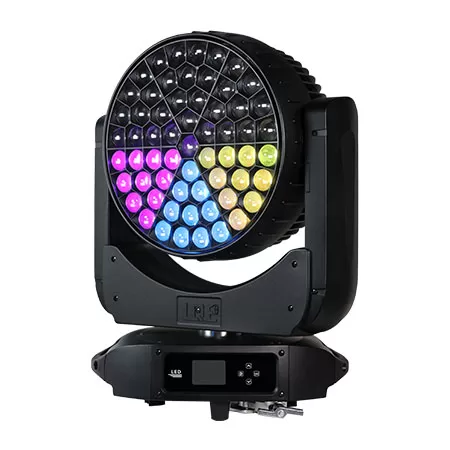
1000w 61x40w RGBW Stage Moving Head Wash Light LW1000
1000W 61x40W LED RGBW Mulichips Moving Head Wash Lights with Zoom (5°–50°), Covering Large Range and Long Distance. Designed to deliver a 5°–50° ultra-large zoom range to achieve a greater wash effect, illuminating stages and events with stunning lighting effects.
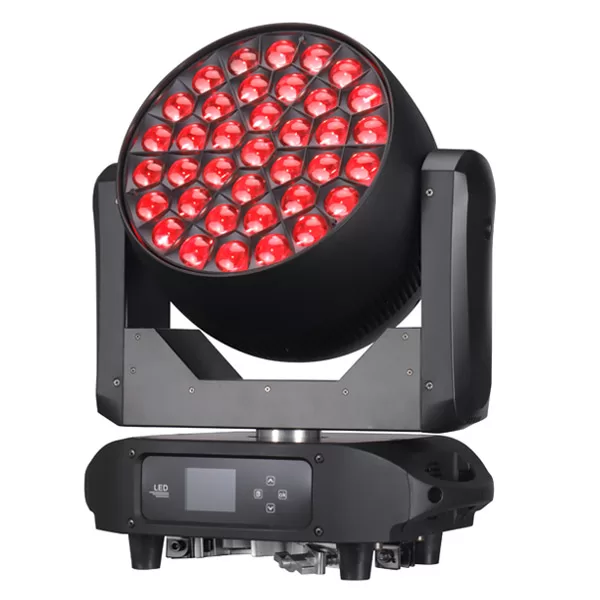
800w 37x40w RGBW Stage Moving Head Wash Light LW800
800W 37x40W LED RGBW Mulichips Moving Head Wash Lights with Zoom (5°-50°), Covering Large Range and Long Distance. Designed to deliver a 5°–50° ultra-large zoom range to achieve a greater wash effect, illuminating stages and events with stunning ring control lighting effects.
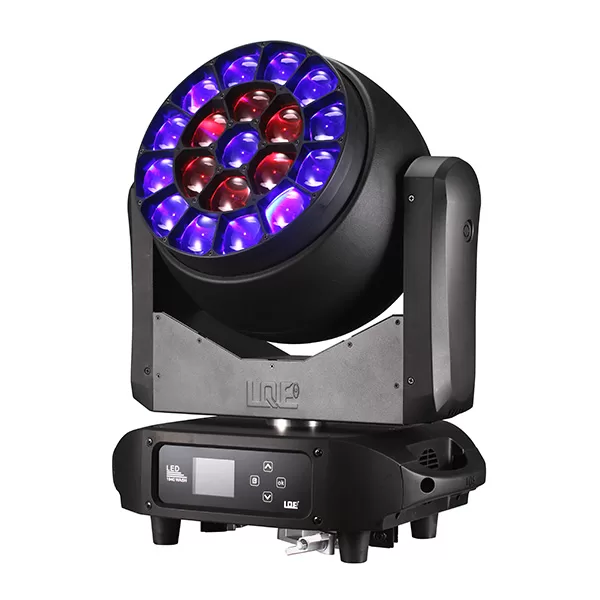
600w 19x40w RGBW Stage Moving Head Wash Light LW600 Zoom IP20
600W 19x40W LED RGBW Mulichips Moving Head Wash Lights with Zoom (5°–50°), Covering Large Range and Long Distance. IP20: Designed to deliver a 5°–50° ultra-large zoom range to achieve a greater wash effect, illuminating stages and events with stunning ring control lighting effects.

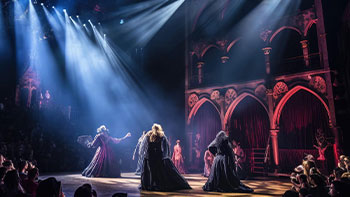
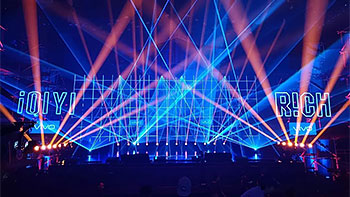
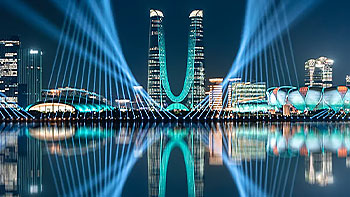
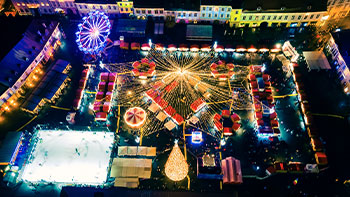
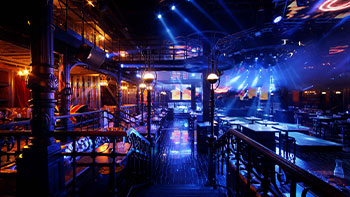
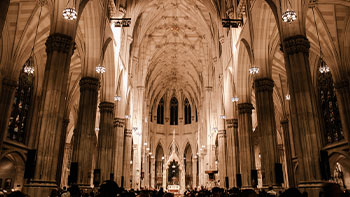






Linkedin
YouTube
Whatsapp: +8618924548390
TikTok